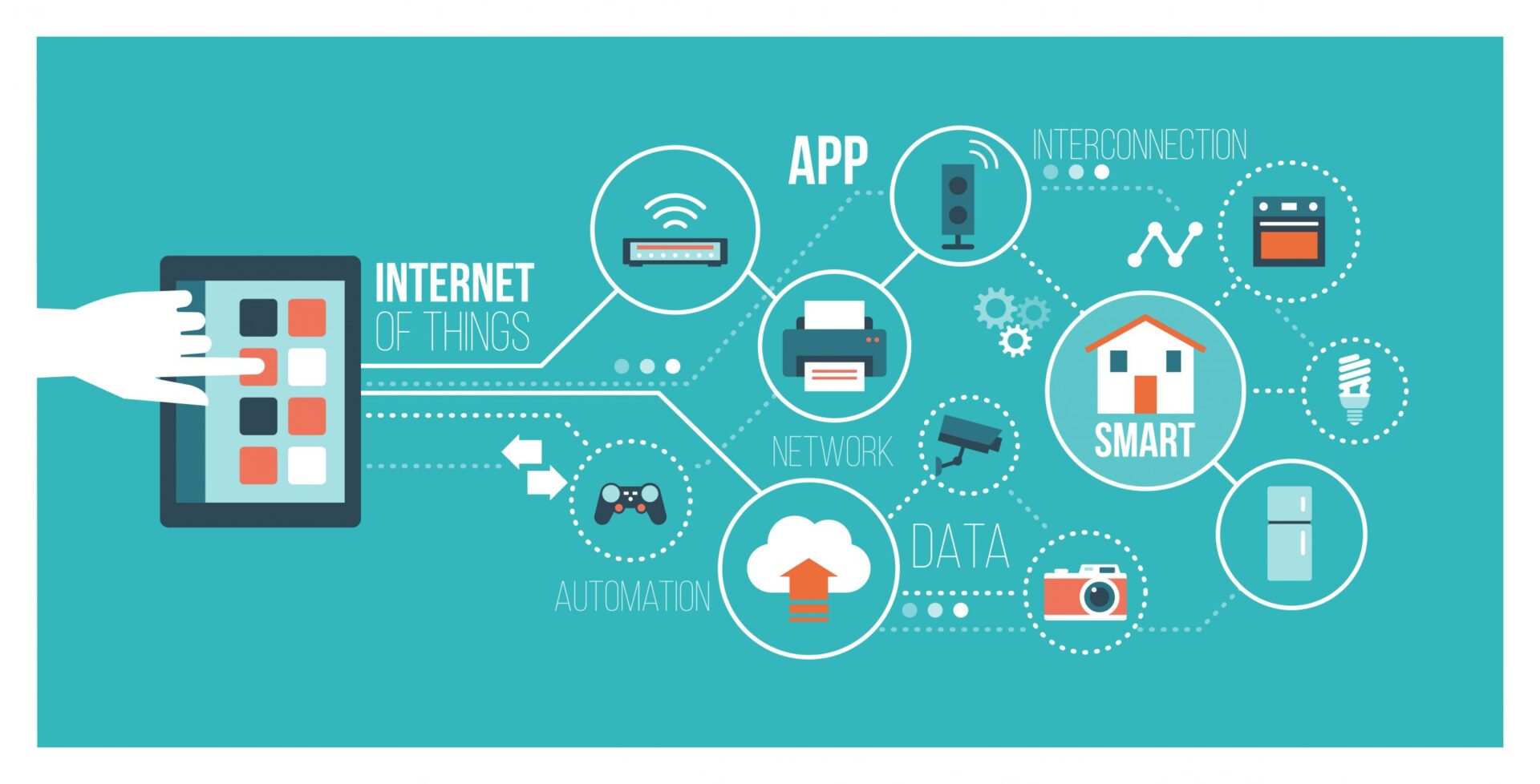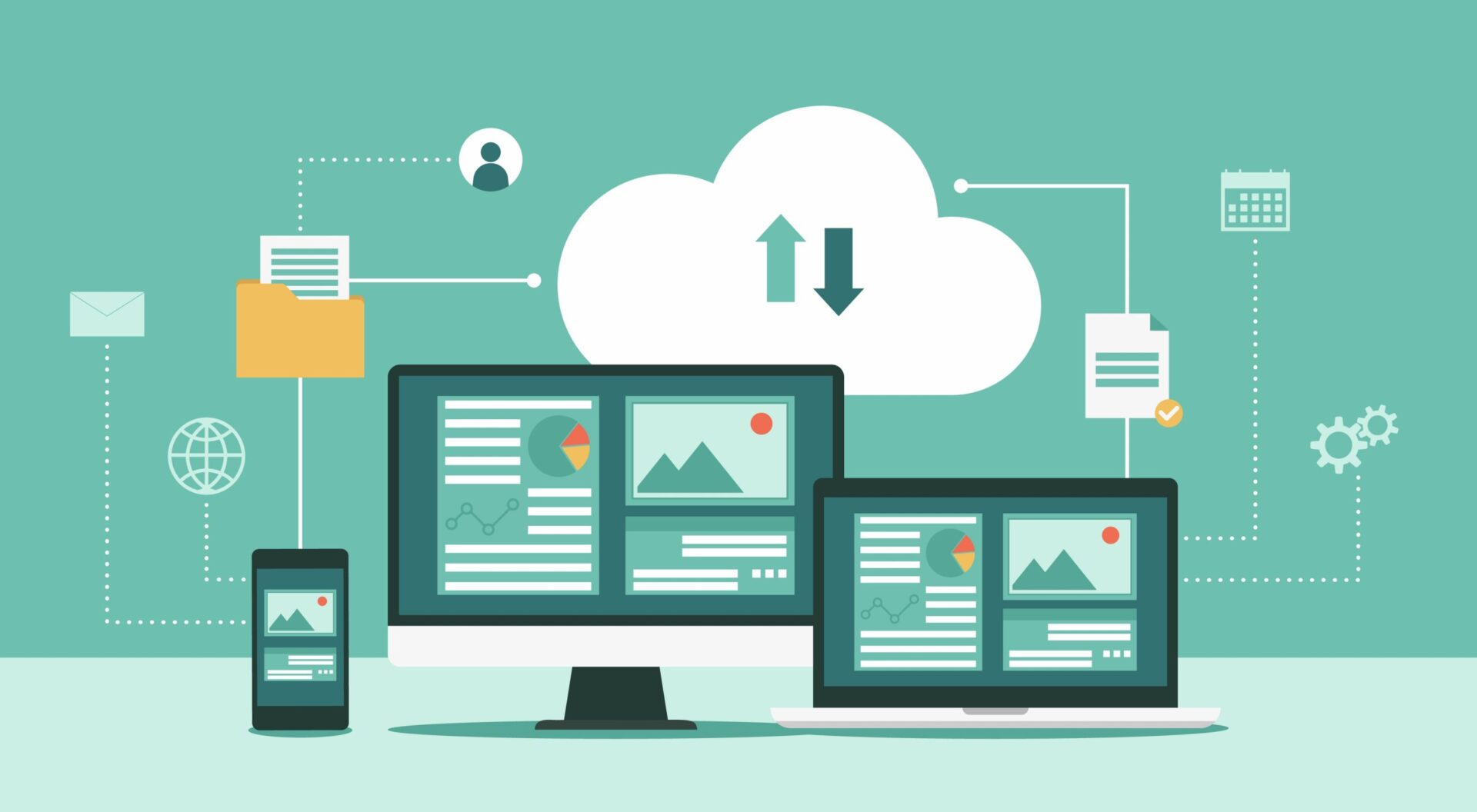
Data lakes are a powerful tool for capturing, storing and analyzing data from many different sources. A data lake provides an inexpensive, flat storage architecture in which to house massive amounts of unstructured data, which can then be easily accessed by your data analysis applications, data scientists, or artificial intelligence (AI) programs.
There are many potential data lake use cases for edge networking, which generate a lot of data from many different sources. In this blog, we’ll describe how data lakes can help process your edge data from remote environmental monitoring solutions and internet of things (IoT) devices.
Data lake use cases for edge networking
Internet of Things (IoT) data from isolated locations

Internet of things (IoT) devices relies on sensors to capture and process the data necessary for their function. However, most of this data is irrelevant for the task at hand, and may not have a critical use at the time it’s collected. However, as in the example above, that doesn’t mean this data has no value—and if you delete it, you may miss crucial warnings or key opportunities.
When your IoT devices are at your network edge, especially in remote or dangerous locations, that makes data collection and processing even more challenging. For example, many offshore oil rigs are in the deep ocean, miles away from the nearest land. Much of the critical machinery is underwater and inaccessible to humans. IoT sensors and actuators can monitor, control, and collect data from this equipment without putting any engineers in harm’s way.
Some IoT sensor data is immediately actionable, but what do you do with the rest? With a data lake, you can store all this valuable information, even if you’re not sure what to do with it yet. Or, you can integrate a big data solution that uses AI to inspect and analyze sensor data in real-time, helping you spot issues and opportunities that you weren’t even looking for.
Let’s say you remotely manage several rural factories that use industrial printers equipped with IoT sensors. These sensors track consumable usage, detect nozzle clogs, and alert you when there’s an error. The printer manufacturer recommends that you take these machines offline every 90 days for maintenance, which causes significant production delays. However, your data lake analytics show that, according to sensor logs, these printers are capable of operating for at least 120 days before any maintenance-related issues pop up. You could use this information to extend the period between maintenance windows, increasing plant efficiency and reducing production delays without ever setting foot on the factory floor. Plus, having sensors enables you to pinpoint exactly what part of the printer needs maintenance, which shortens maintenance times.
You can use a data lake to store and analyze data from your edge network IoT devices, which helps you prevent and detect issues as well as improve your operational efficiency.
Environmental monitoring data from remote infrastructure

One way to monitor the condition of your equipment from far away is with environmental sensors, which can detect things like moisture, overheating, and physical tampering. However, environmental monitoring systems produce a lot of data. Often, network engineers weed out the “irrelevant” data by creating alarms and workflows that are triggered when environmental conditions pass a certain threshold. While this works well enough for reacting to issues that are already occurring, it limits your ability to predict future problems or find opportunities for optimization.
Connecting your environmental monitoring solution to a data lake gives you the ability to efficiently store all your raw sensor data, so you don’t have to throw out any potentially valuable information. With a data lake, you don’t have to strictly prioritize which environmental monitoring data you keep. Even if you don’t have a specific use for that information right now, you may find one later. Historical data is often invaluable for troubleshooting systemic issues or finding ways to use resources more efficiently.
For example, let’s say you want to lower your energy costs by using air cooling systems more efficiently. With a data lake, you can collect and store temperature data from all your locations over the course of months or even years without worrying about running out of space on your local SAN. You can then use data analytics to view temperatures over time and correlate them with your energy bills to determine how expensive it is to cool your infrastructure in each location. Perhaps you could reduce A/C usage in your Minnesota branch, or maybe you need to invest in a more efficient cooling system for your Nevada warehouse.
Using a data lake for your edge infrastructure environmental monitoring means you can store and use all your valuable sensor data to prevent issues, spot trends, and optimize processes even from thousands of miles away.
Nodegrid Data Lake for Your Edge Networking Use Case
Though data lakes are a powerful tool, many solutions have limitations when it comes to edge networking. For example, some data lakes use an on-premises appliance that must be accessed from the enterprise network, which means your edge infrastructure has to connect over a VPN or WAN link. Other data lake solutions provide only storage, and don’t offer any built-in organization tools, analytics, or visualizations.
Nodegrid Data Lake is a solution built for the edge, with an entirely cloud-based interface that your users and devices can connect to from anywhere in the world. The Nodegrid control panel provides visual analytics on six key data points, including infrastructure, application, security, environmental, networking, and system logs. Nodegrid Data Lake even collects previously hidden server and switch logs from IPMI and RS232 serial consoles.
Plus, with Nodegrid environmental sensors and ZPE Cloud, you can monitor and manage your entire edge infrastructure from behind one pane of glass. The Nodegrid family of hardware and software is a complete edge networking solution.
To learn more about data lakes, read What Is a Data Lake, and Who Needs It? For more information about Nodegrid Data Lake use cases for edge networking, call 1-844-4ZPE-SYS or contact ZPE Systems online.
